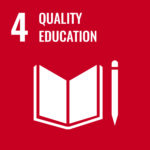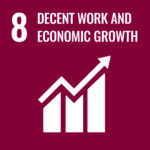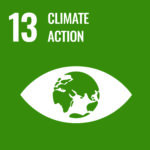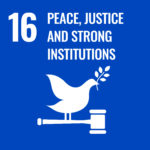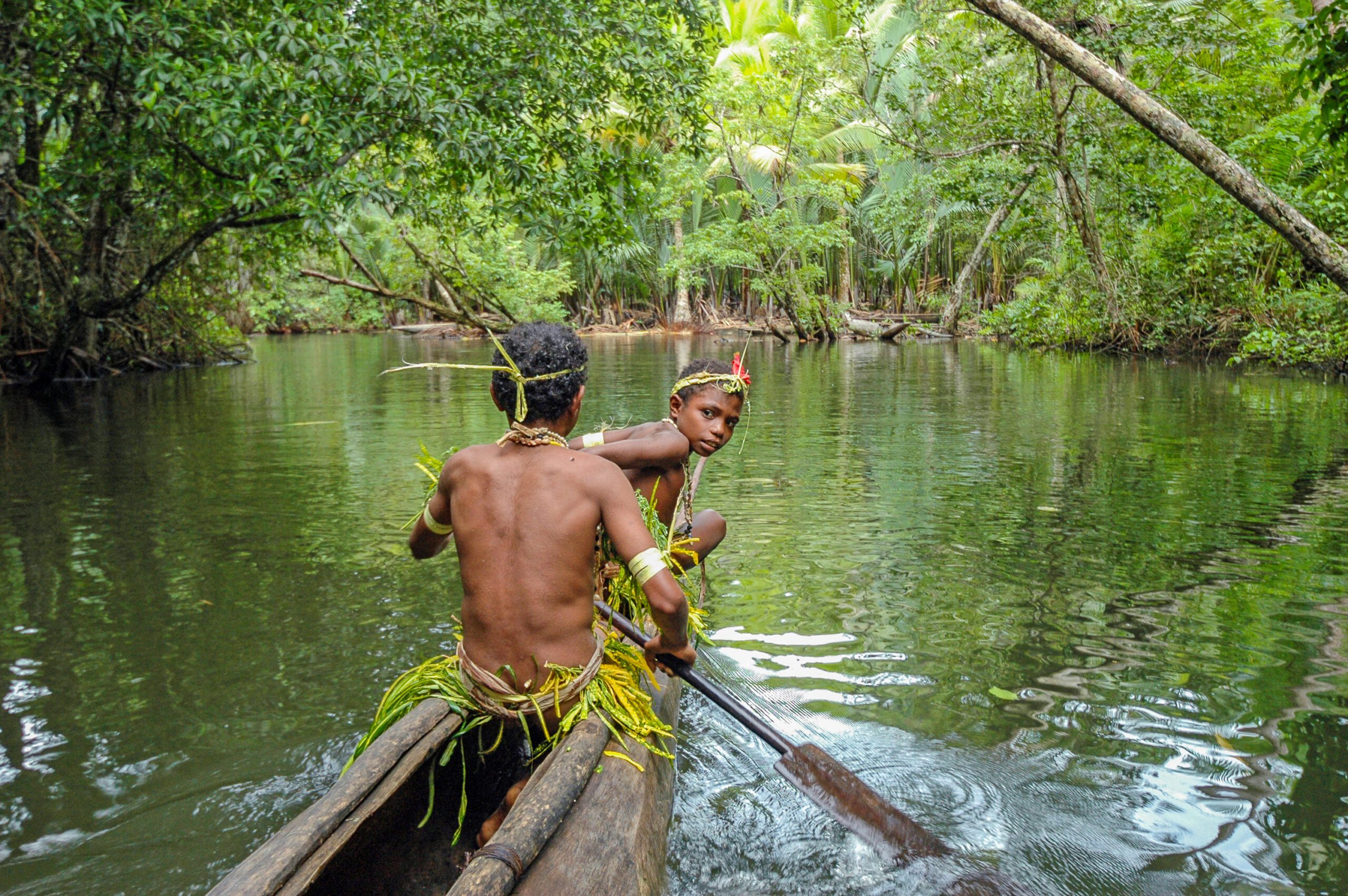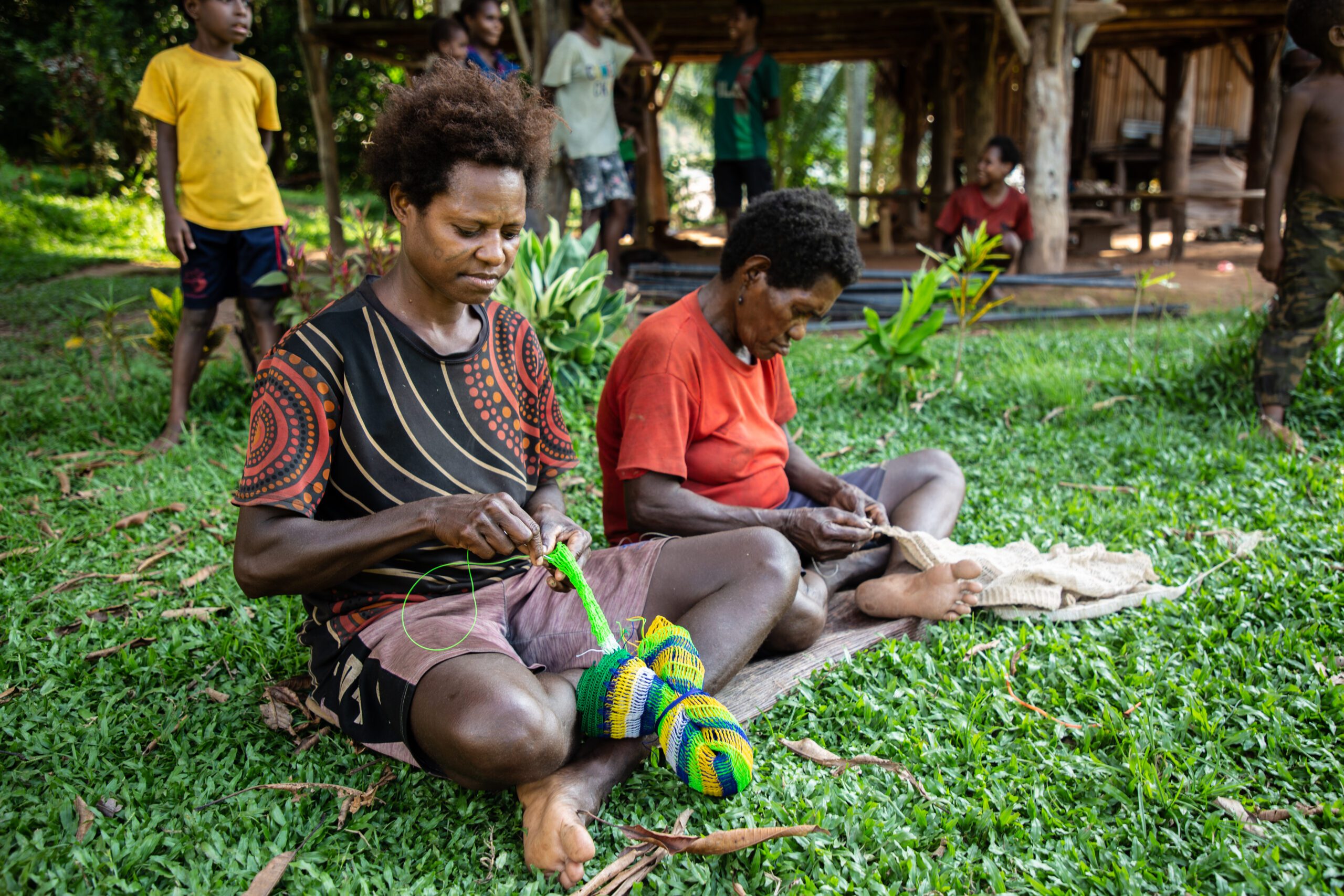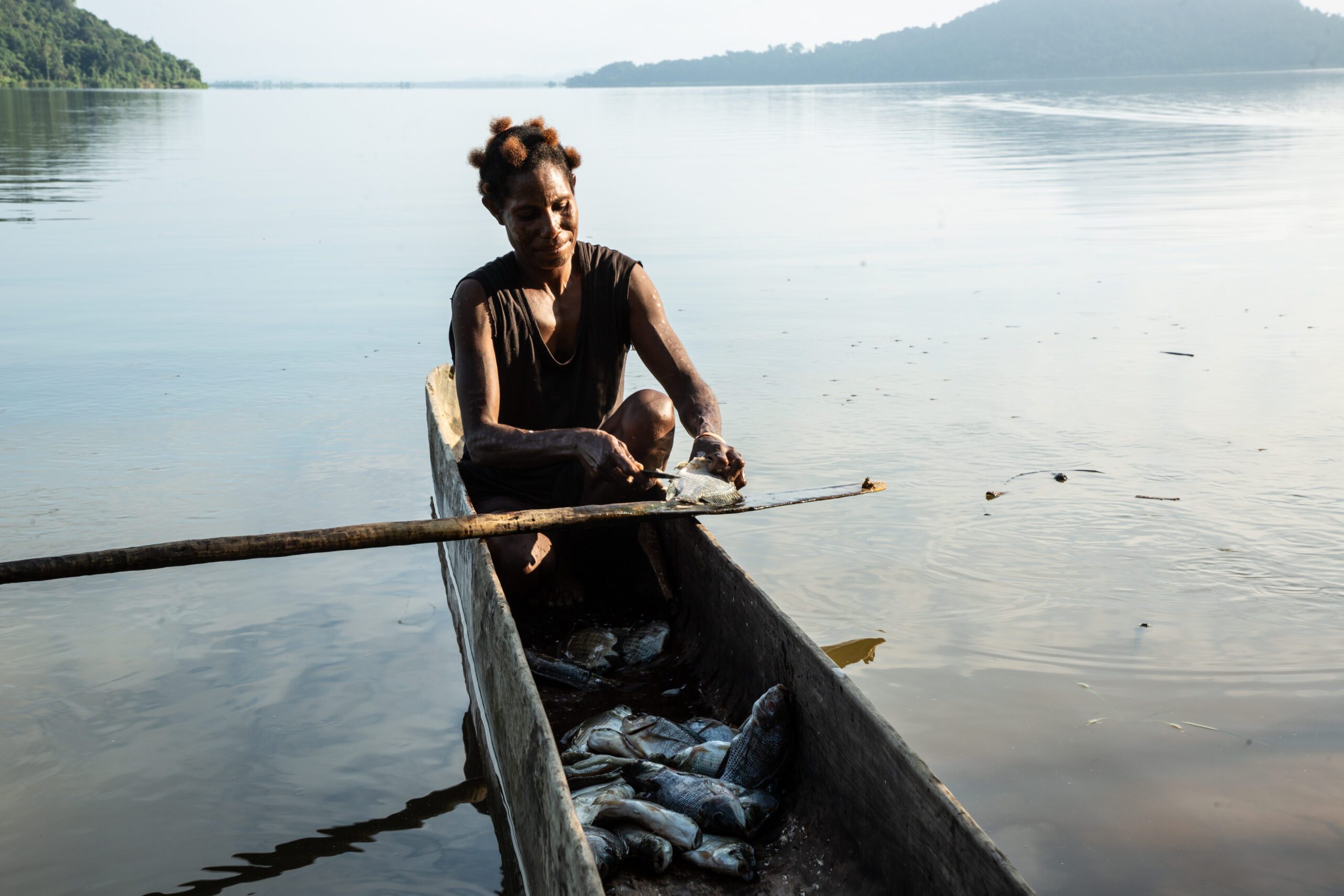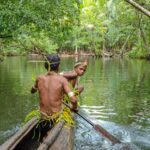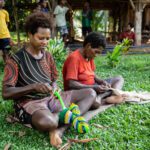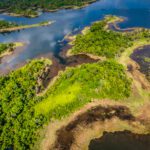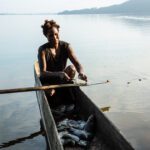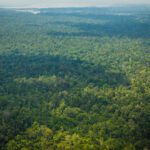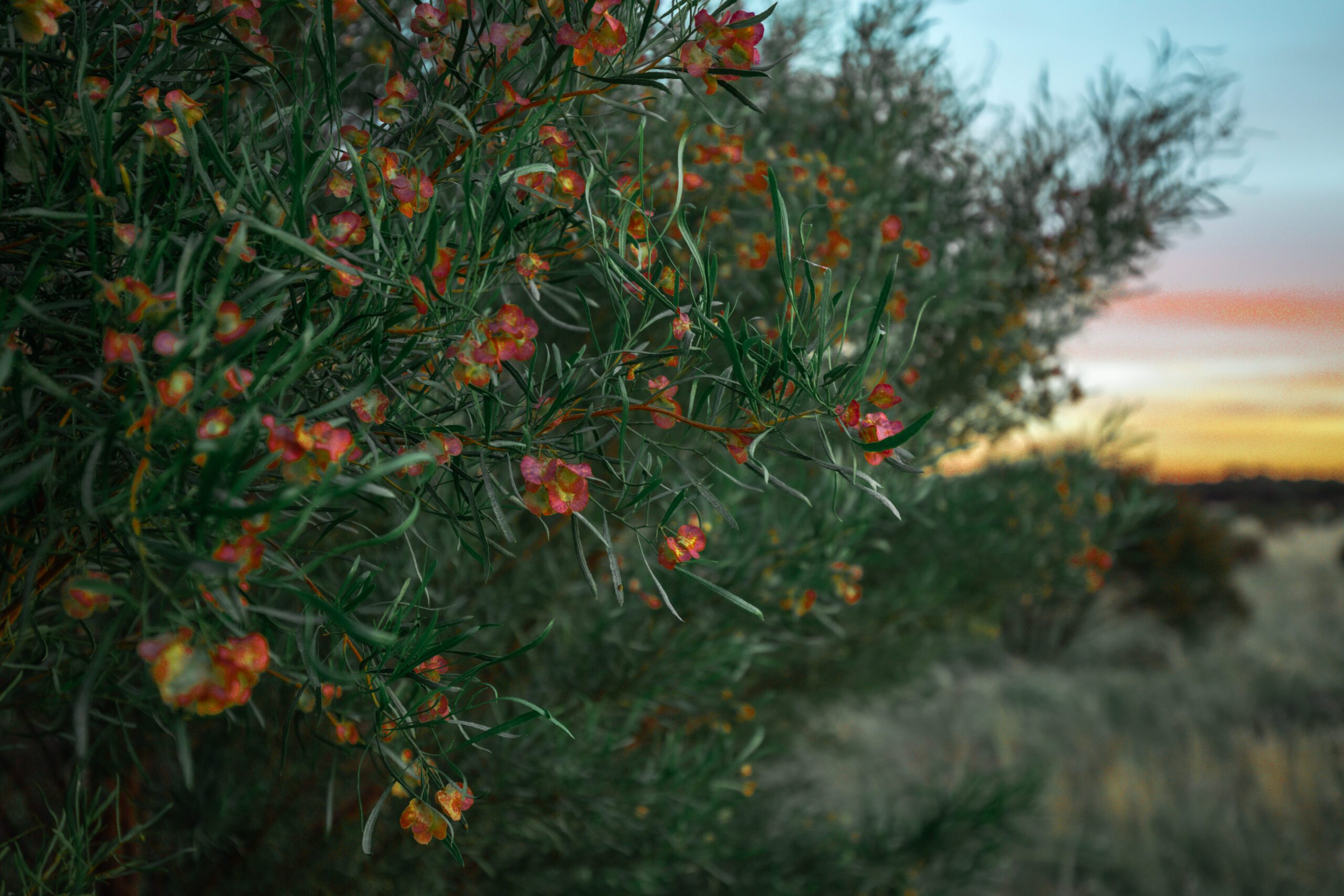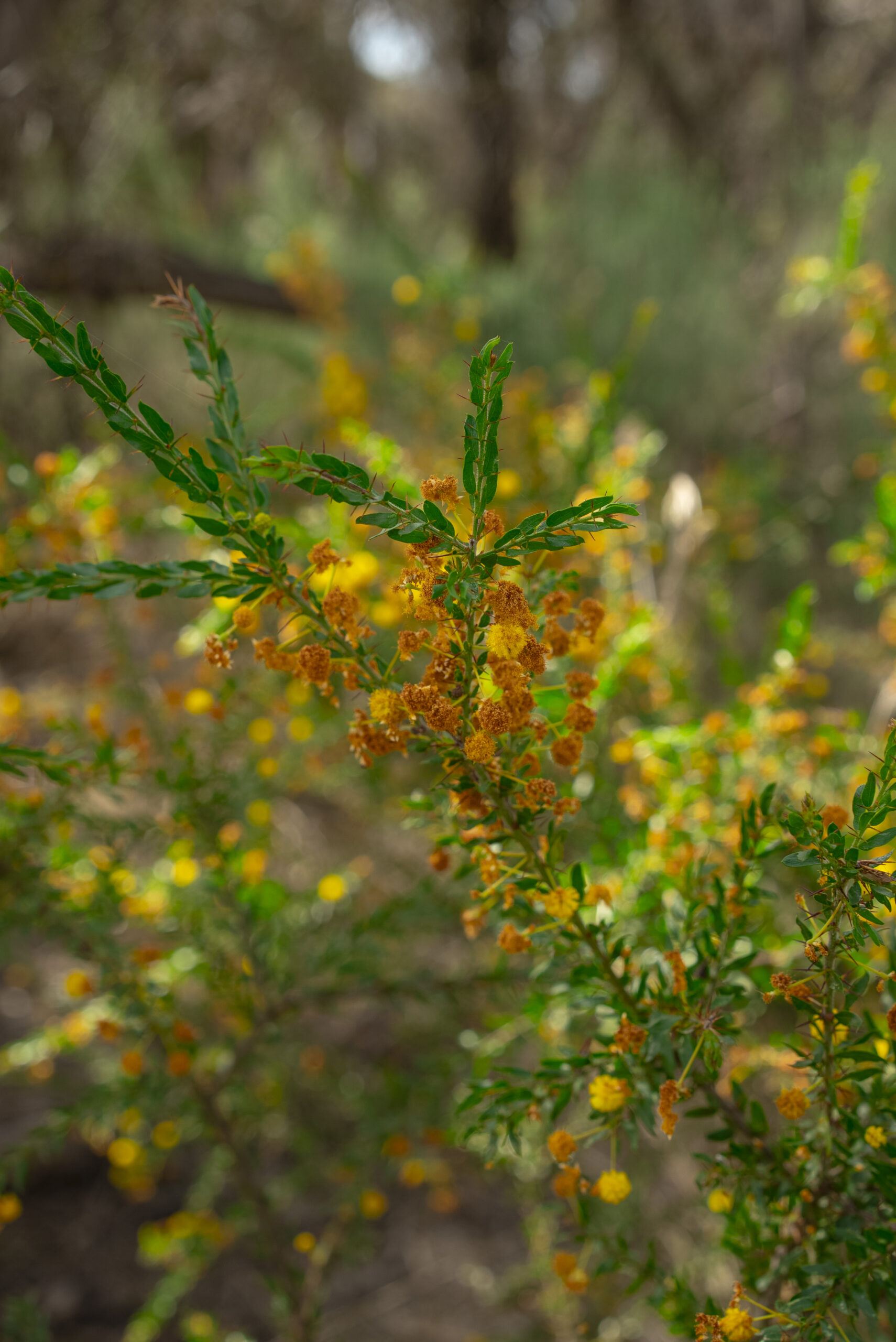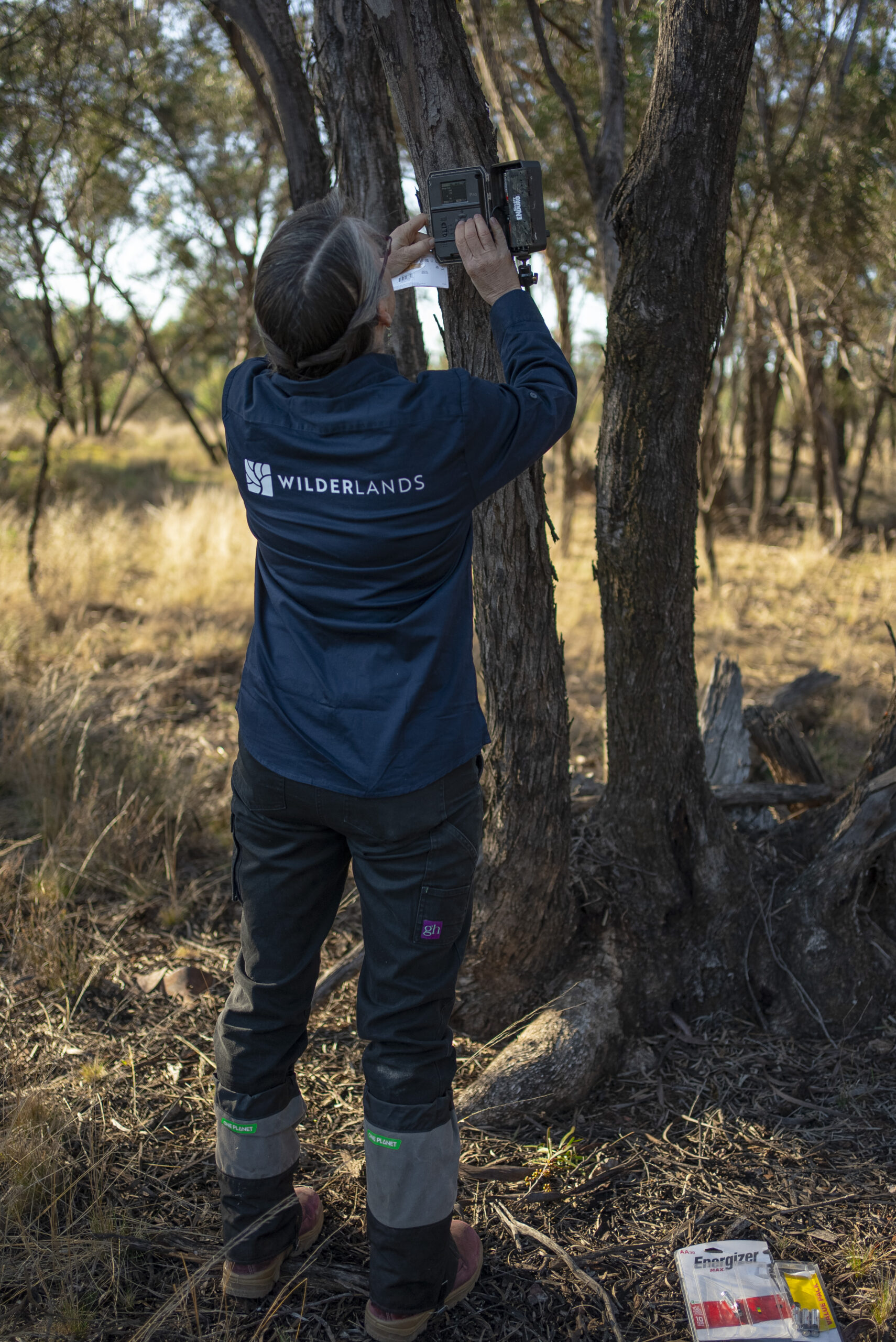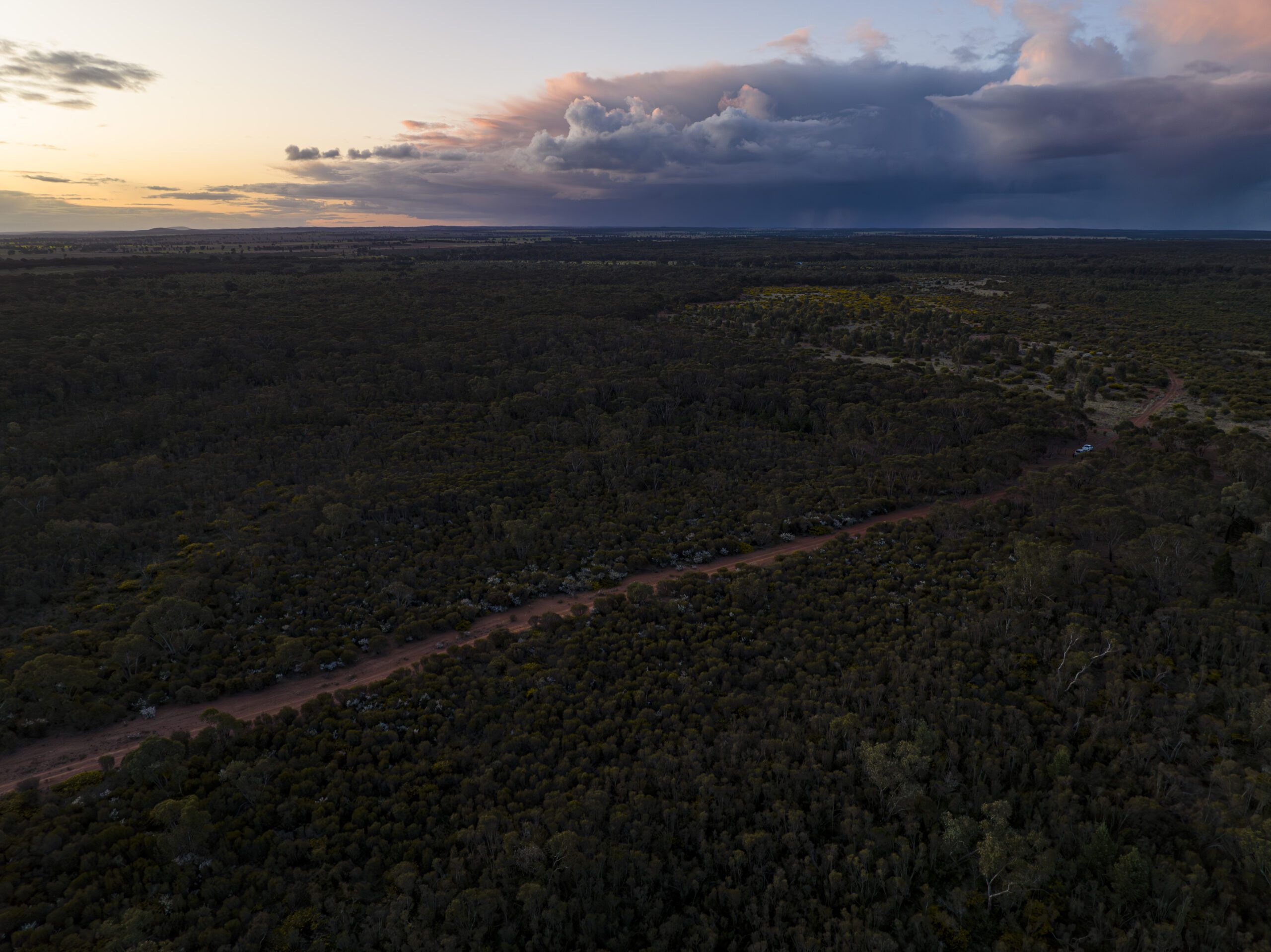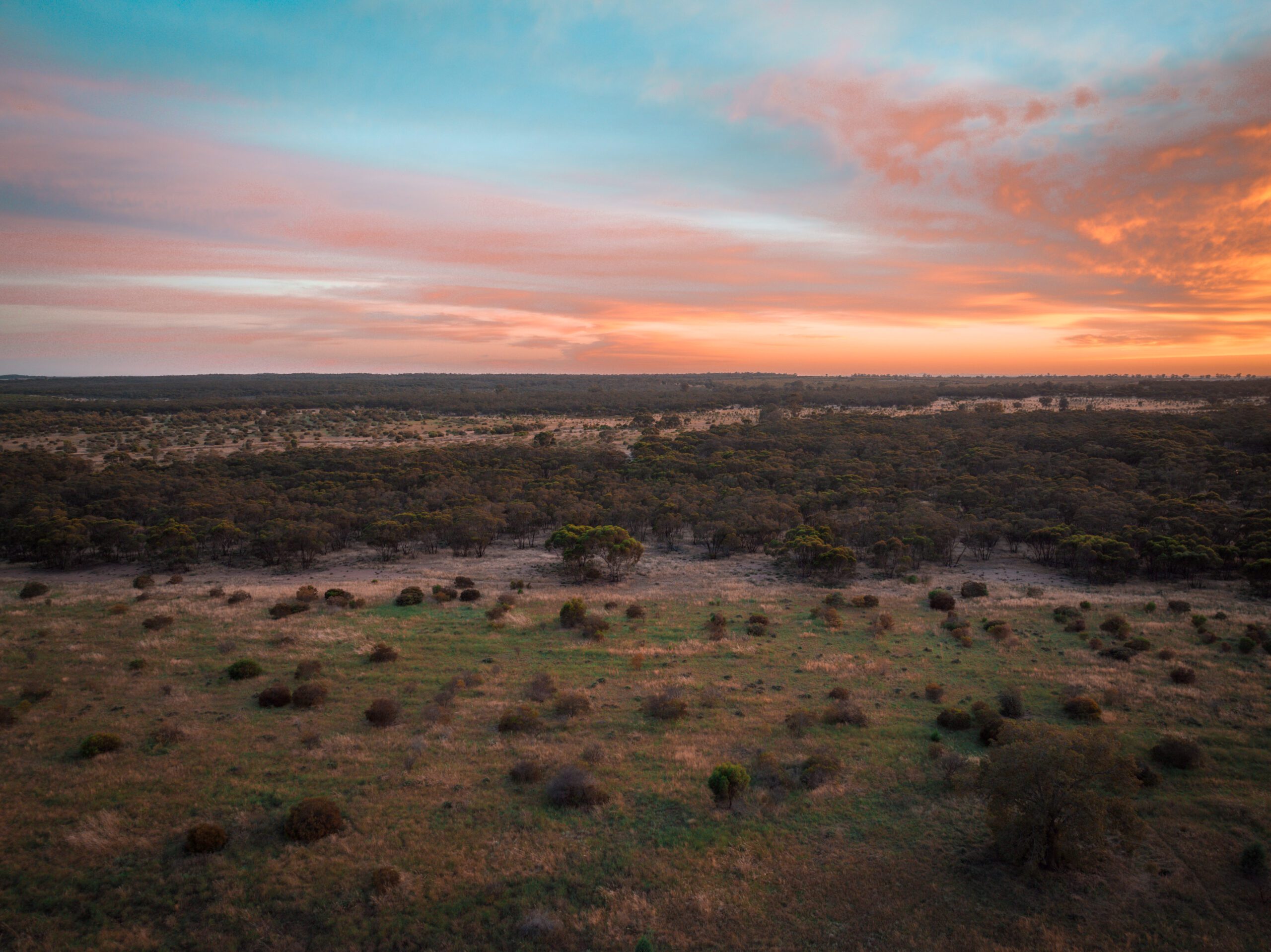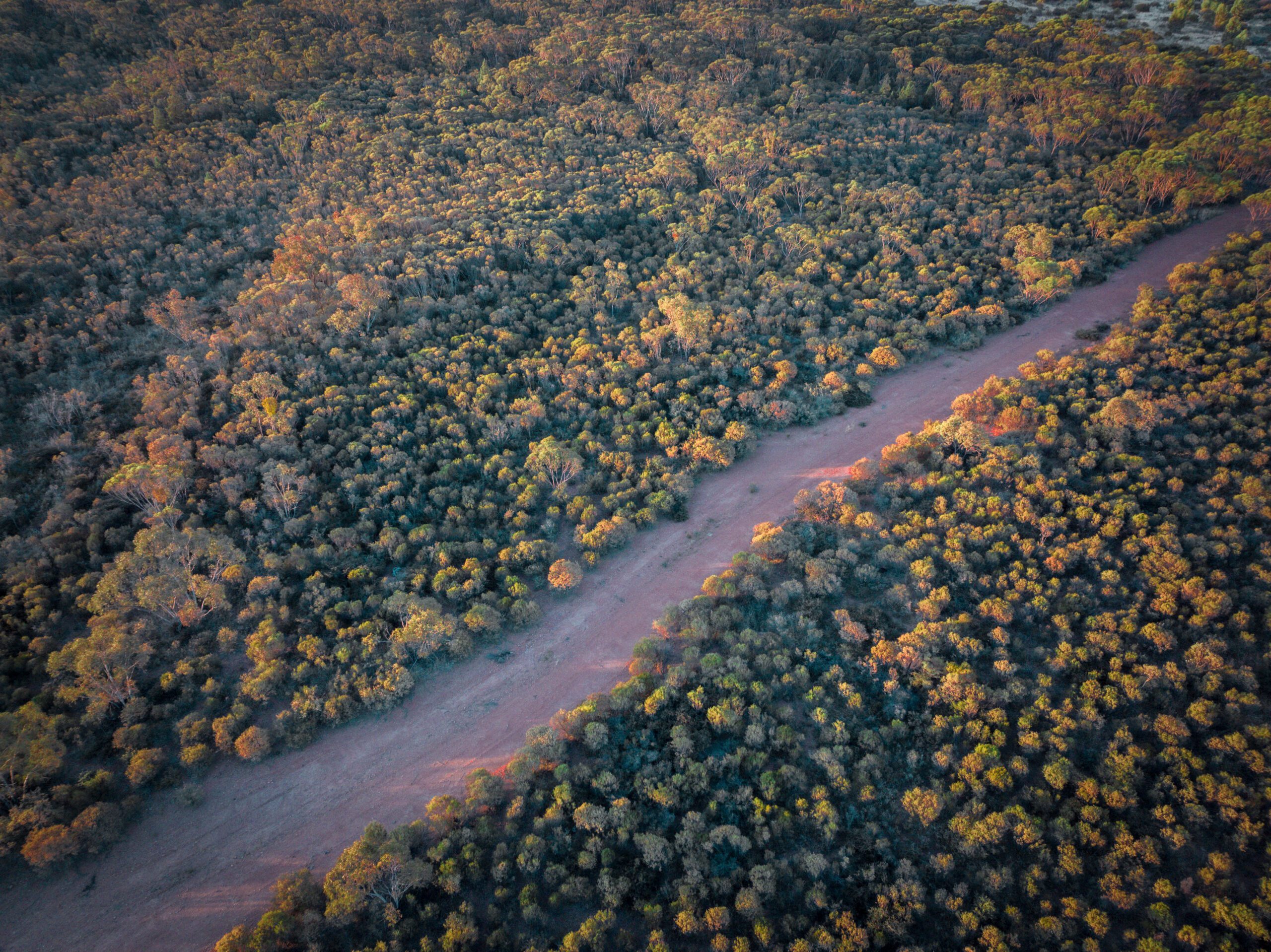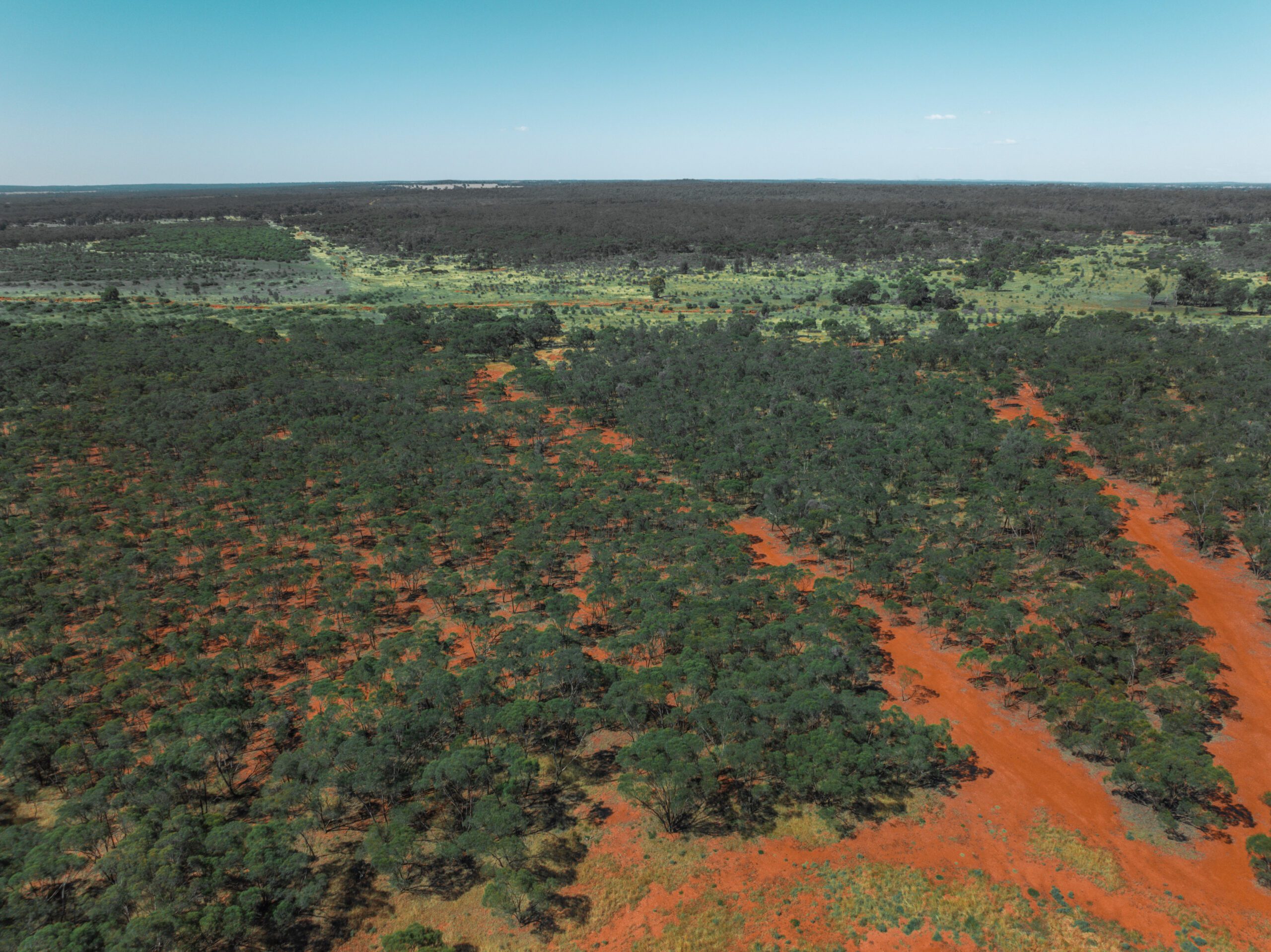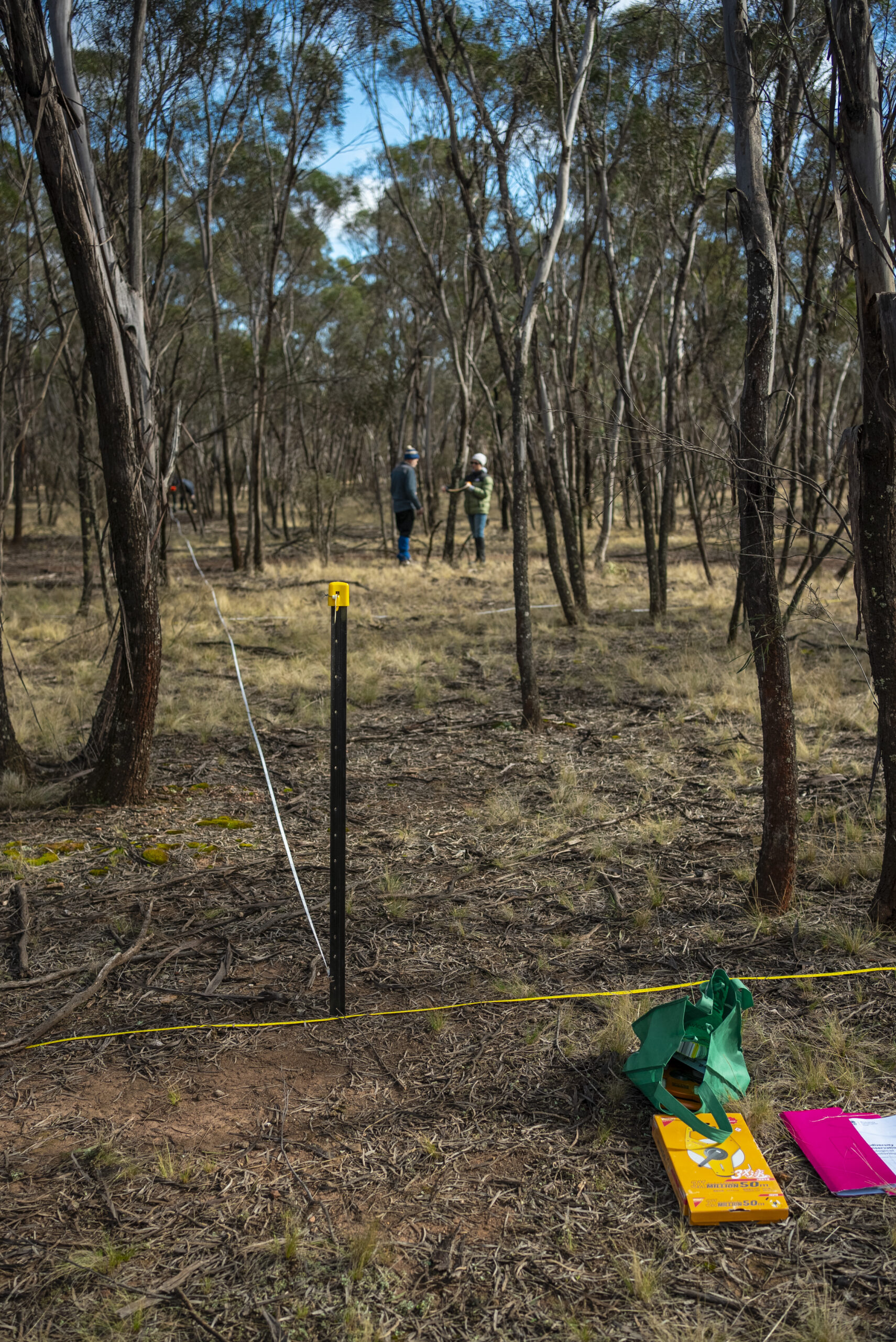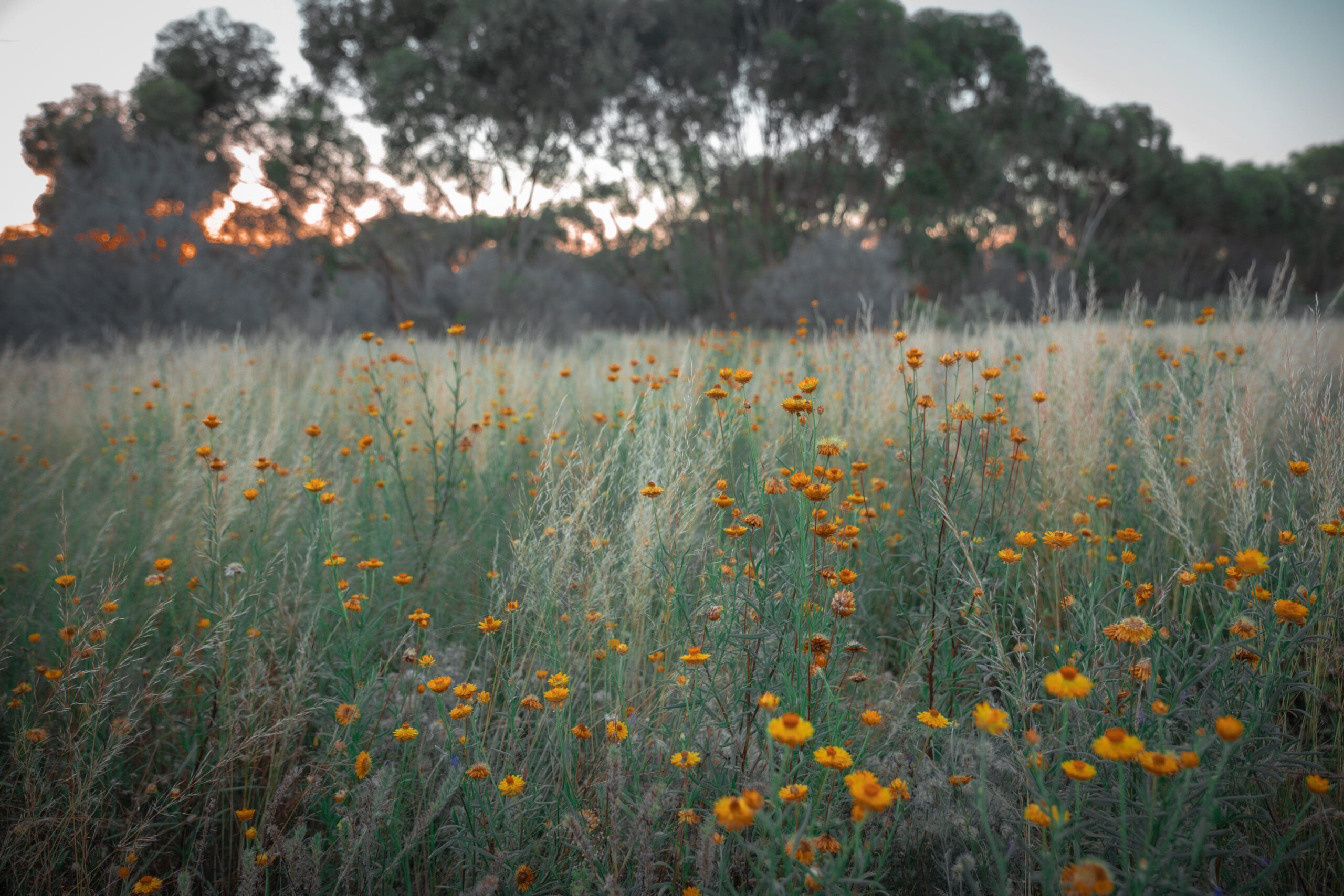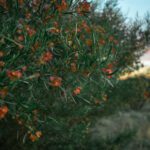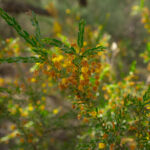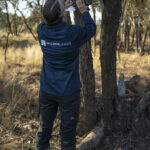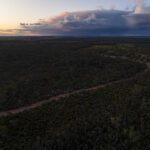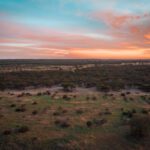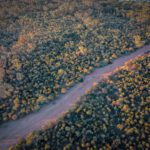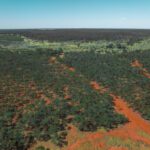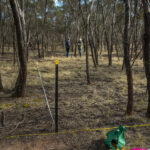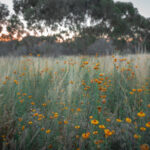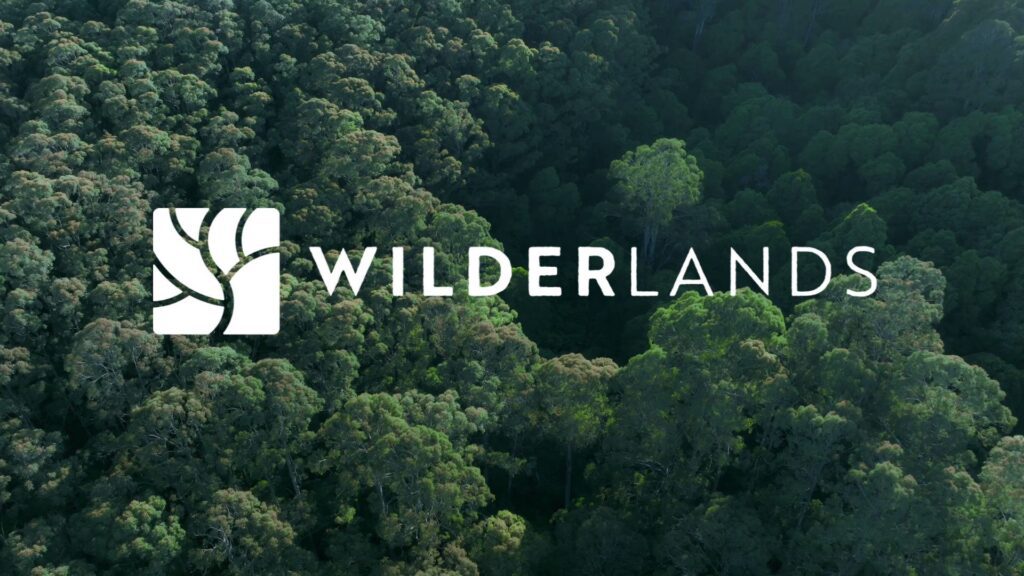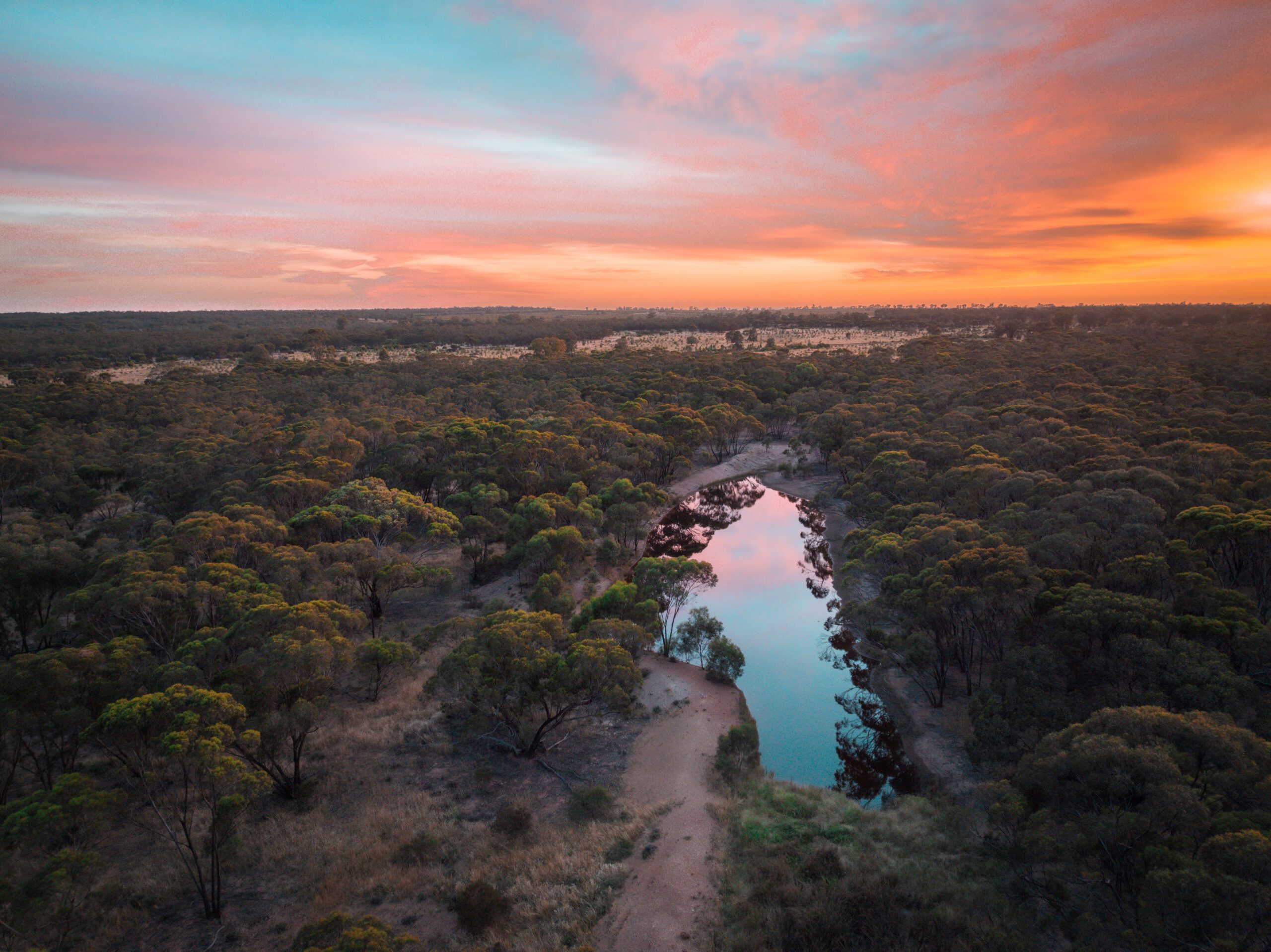
Extended Impact: NSW Biodiversity Credit + April Salumei Rainforest Conservation
This product combines a certified carbon credit from TEM’s April Salumei project in PNG with a Biological Diversity Unit (BDU) in New South Wales – blending measurable carbon reduction with a local impact on native Australian biodiversity.
Project Type
Reducing Emissions from Deforestation and forest Degradation (REDD+); and Biodiversity Unit (Woodland Protection)
Registry
VERRA Voluntary Carbon Standard (VCS) + Vegetation Link
Unit Type
VCU + BDU* | *The Alleena project is NOT a verified carbon project.
Methodology
VM0007 REDD+ Methodology Framework {Avoided Planned (Sanctioned) Deforestation (REDD-APD)}
Project ID
VCS1122
Vintage
2014-2015
For businesses looking to make a verifiable global and local impact.
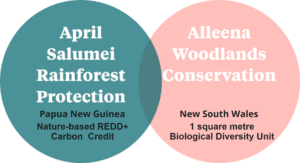
Ecosystems around the planet are under threat from farming, logging and invasive species.
This “Extended Impact” project solution from TEM in partnership with Wilderlands enables businesses to support the permanent protection of Australian native ecosystems in specific locations, while also investing in rainforest protection in Papua New Guinea through an independently verified carbon project.
Combining these two projects meets the requirements of the Australian Government’s Climate Active Program, with each unit retired on an independent registry.
April Salumei Rainforest Community Conservation
The April Salumei Community Conservation project is located in Papua New Guinea, a country which contains ~7% of the world’s biodiversity in less than 1% of the world’s total land area.
The project protects and sustainably manages nearly 200,000 hectares of globally significant pristine rainforest in the East Sepik Province of Papua New Guinea. The project area has previously been recognised as an exceptional biodiversity hotspot by the Climate Community and Biodiversity Standard (SCS, 2011). Before becoming a carbon project, the area was planned to be cleared for logging. Additionally, it contributes to a myriad of benefits to local communities and biodiversity.
For more details on the April Salumei Rainforest Community Conservation project please visit: April Salumei Rainforest Community Conservation: 2014-2015 vintage
Sustainable Development Goals
Alleena Woodland Protection
Situated in the heart of New South Wales’ Riverina, this project spans 497.58 hectares, adjacent to national parkland and revegetated forests, and is home to a diverse range of endangered bird communities and native plants. .
Alleena has served as a dedicated conservation reserve since 2020, with five conservation areas protected in perpetuity by a Conservation Agreement through the NSW Biodiversity Conservation Trust (BCT).
Home to over 98 bird species, it aims to address the decline of the suite of birds dependent on intact woodland ecosystems for foraging and nesting with these once common woodland birds, such as the Dusky Woodswallow, now found almost exclusively in small, scattered remnants of habitat on private land, within State Forests or Nature Reserves.
The Alleena project offers landscape-scale connectivity for species movement and dispersal, as well as habitat for a variety of threatened woodland bird species, including the Brown Treecreeper, Dusky Woodswallow, Gilbert’s Whistler, Grey-crowned Babbler, Pink Cockatoo, Scarlet Robin, Spotted Harrier, Superb Parrot, and White-fronted Chat.
The project features a rich native plant diversity with a total of 171 species recorded, including the noteworthy addition of the Spiny Peppercress, a species classified as vulnerable under both Commonwealth and State legislation.
It also includes two state listed threatened ecological communities: Mallee and Mallee-Broombush dominated woodland and shrubland; and Inland Grey Box Woodland in the Riverina, NSW South Western Slopes which is also listed under National legislation.
A variety of native mammals can also be found across the property including Yellow-footed Antechinus and Dunnart species, often spotted exploring the fallen timber in the understory.
For more details on the Alleena project, visit our project partners at Wilderlands: Alleena, NSW | Wilderlands.earth
How are the Woodlands protected?
Typical of many such farms within the region, areas of the property were historically utilised for cropping and grazing. The remnants on the property remained at risk of continual degradation and decline. Permanent protection of these sites was the only way to ensure they would be conserved forever.
The property, owned and managed by Wilderlands’ conservation partner, Cassinia Environmental, is now operating as a dedicated conservation reserve. Alleena’s five conservation areas have been protected using a Conservation Agreement made under the Biodiversity Conservation Act 2016 (NSW) and administered by the Biodiversity Conservation Trust.
What are BDUs and how are they created and verified?
At the Alleena site, one BDU equates to one square meter of land permanently protected and actively managed to maintain and enhance the integrity of its biological diversity.
Wilderlands geotags each unit and registers the now “voluntary” units on the independently managed Vegetation Link registry – effectively creating the Biological Diversity Units. When you purchase these units, each purchase is linked to a certificate of Sale issued by Vegetation Link.
Periodic inspections are conducted by the Biodiversity Conservation Trust, with additional monitoring conducted by Wilderlands Ecologists in accordance with the Wilderlands Project Monitoring Plan.
Sustainable Development Goals
Project Location
The April Salumei project protects more than 603,712 hectares, of virgin tropical rainforest in Papua New Guinea. The Alleena Project is located in the West Wyalong region, New South Wales (Wiradjuri Country)
value
$7.50/Tonne of CO2e + 1 Square Meter Protected
71073 in stock
Where does my money go?
Your purchase goes to the procurement of fully verified and independently audited carbon offset projects. TEM’s operational, due-diligence, risk management and marketing costs are also included in the list price. By purchasing from these projects, you are mobilising capital to support the project’s ongoing operations and benefits, alongside of ensuring measurable emissions reductions and avoidance.
What goes into pricing TEM's offsets on this site?
You may find a difference between the cost of projects listed on this site and the average prices listed on the wholesale carbon market/s. That’s because TEM offers projects where we have gone the extra mile to ensure their integrity and deliver you the end-to-end service that others won’t. Our pricing is fully inclusive of the end-to-end services to ensure integrity, including:
- The cost to source, deliver and/or procure projects – Sourcing, purchasing and holding carbon units.
- TEM’s proprietary due diligence and risk management for each project – Put simply, we do the work to limit the chance that you will support a project that doesn’t deliver measurable and long-term carbon abatement.
- Our retirement process – Following each purchase, every carbon offset purchased on this site can be transparently traced to a retired carbon unit listed on an independent registry.
What will I receive with my purchase?
Once we’ve received your payment, we will:
- Send you content and copy (if available) relating to the projects you’re supporting.
- Evidence of retirement, which includes the listing on each registry that relates to the offsets you have purchased within a TEM-branded retirement certificate. You will receive an email once your order is placed to confirm retirement copy for your certificate – this details the reason for retirement and is best practice to avoid double counting. The cost for a company-specific retirement certificate = $150 per order. Note: you will need individual retirement for Climate Active and other certification purposes.
- Keep you updated on new projects as they’re added to TEM Online. Of course-you can choose to opt out of those emails!

